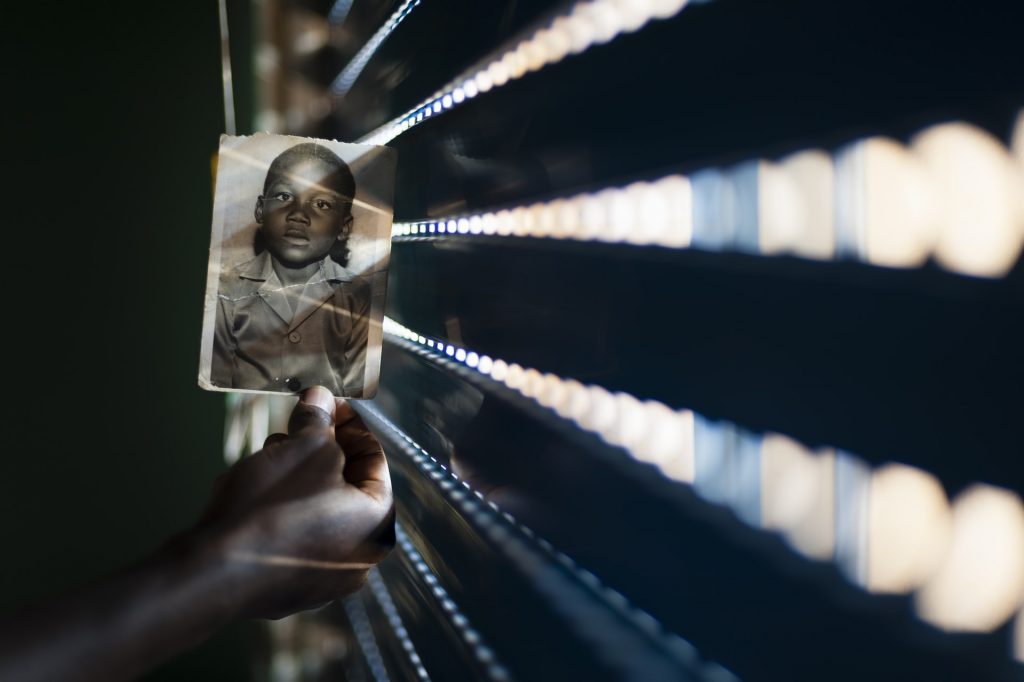What is image search and how does it work? Well, continue reading below because we will be discussing that in this article.
What Is Image Search?
Image search is an online application that uses content-based image retrieval (CBIR) technology. It allows users to upload photos to search for answers to their questions.
This application functions like a reverse image search engine. Since it retrieves similar image results from the top search engines on the internet.
Additionally, you may use this picture finder to locate the source of an image. Also, you can learn more about a product or person, catch duplicators, or improve the quality or size of a photo.
Reverse image search is characterized by a lack of search words. This eliminates the need for a user to make educated guesses about keywords or phrases that may or may not yield a correct result.
Yet, users may also use reverse image search to find the material linked to a certain sample image. As well as uncover altered copies and derivative works.
How Does It Work?
There is so much you can learn from selfies — your typical image is worth far less than a thousand words. But, regardless of how many words a picture is worth, there are occasions when you must know where it came from.
Fingerprinting
Because the chances of two photos containing the same arrangement of pixels are tiny. The probability of a fingerprint collision is about 64 billion. Excellent odds – pictures may be more unique than human fingerprints.
But, how can you fingerprint a photograph? The stages differ based on the algorithm. So, they all follow a similar fundamental formula.
First, you must measure the image’s characteristics. That may include color, textures, gradients, shapes. As well as connections between various parts of the image, and Fourier Transforms.
For instance, let’s assume we are looking for the image and need a fingerprint of it. Use the image’s color histogram, Fourier Transform, and texture map.
So, if a picture is modified, then many algorithms will try to locate this. Thus, even before it was workable to use AI to reverse image search. It was very excellent thanks to the fingerprinting or indexing techniques discussed above.
Encoding, Storing, and Searching
Every visual characteristic in a fingerprint may be encoded ss letters and numbers. Thus, making it simple to store and index in a database.
The reverse image search engine’s entry for that photo will be whichever combination of features are extracted and stored.
TinEye’s database, for example, has about 39.6 billion indexed photos as of February 2020. This implies that they’ve run their algorithm over that many images. And they are also keeping all the fingerprints to compare searched images to.
The algorithm’s second key component is determining whether photos are similar. When you upload a photo, the reverse image search engine uses a fingerprinting technique to identify it.
The search engine will next attempt to locate the items with the most similar fingerprints. Therefore, each search engine chooses which elements to compare and how to weigh them. But they all want to have the overall image distance as near to zero as workable.



